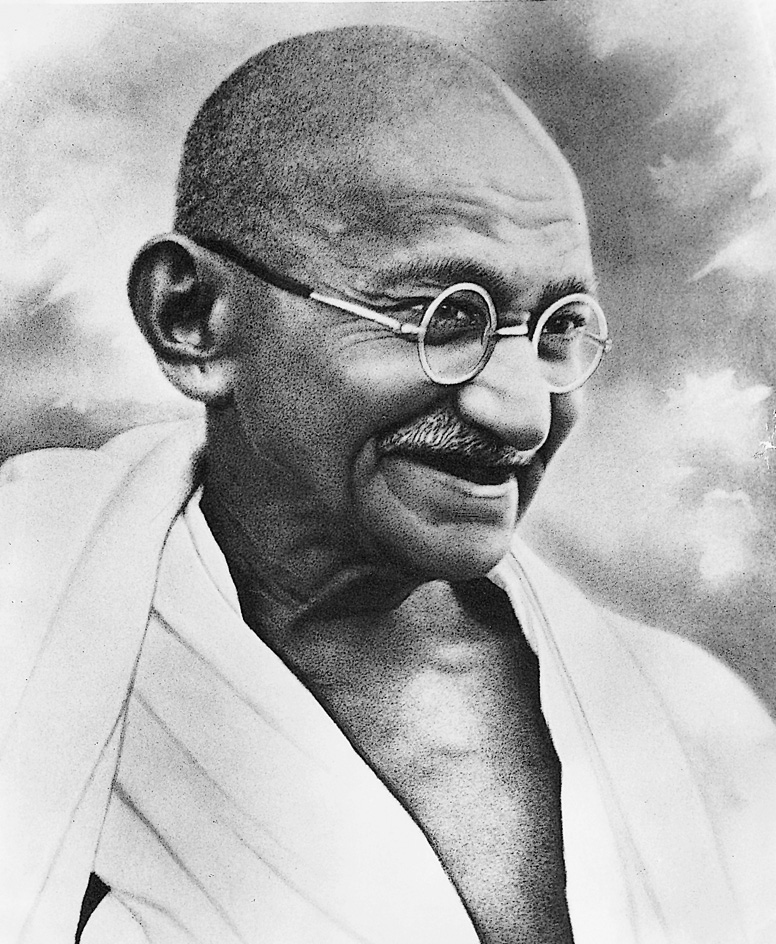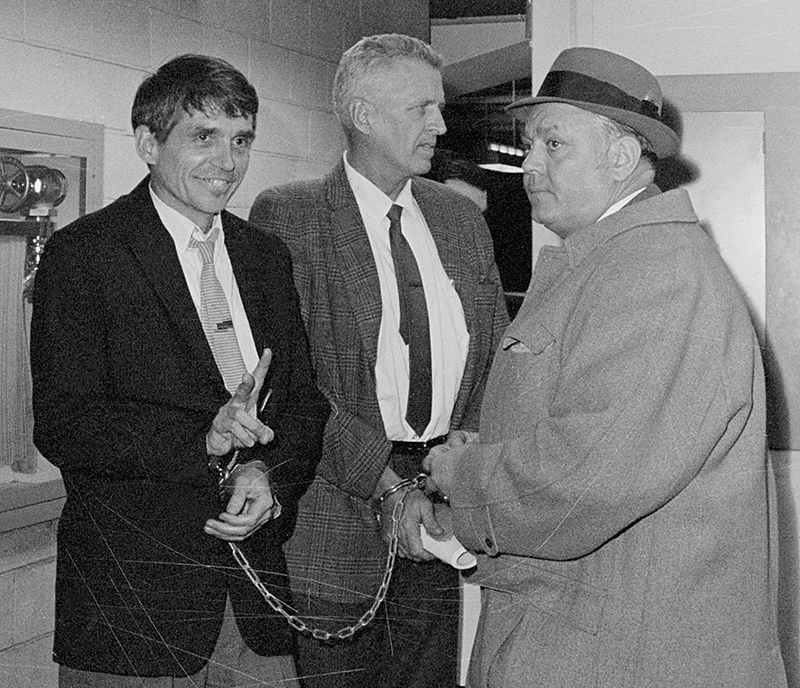Pacifism is a belief that rejects the use of violence. Many pacifists are opposed either to certain wars or to all wars. But in its strictest sense, pacifism means opposition to all violence—even in self-defense—and is called nonresistance. The word pacifism was coined by Emile Arnaud, a French statesman, in 1901 at the 10th Universal Peace Congress in Glasgow, Scotland. Arnaud was describing the beliefs of men and women who urged the use of international law and diplomacy, instead of war, to settle conflicts among nations.
During World War I (1914-1918), the meaning of the term shifted, especially in the United States and the United Kingdom. At that time, the word came to represent the opposition to all wars, called absolute pacifism, or to specific wars. Pacifist groups opposed United States participation in World War I and supported conscientious objectors—people whose consciences do not let them take up arms during warfare.
Pacifism has been associated with such major religions as Buddhism, Hinduism, and Christianity. Since the 1600’s, the Quakers have been the religious group most closely associated with the belief. Many pacifists, whether they are religious or not, consider the use of force as degrading to human nature. In addition, pacifists object to the unreasonable and destructive elements of war.
During the 1920’s and 1930’s, between World Wars I and II, absolute pacifists in the United States and the United Kingdom developed strong antiwar movements. Pacifists supported the organization of the United Nations after World War II ended in 1945.

From the 1950’s through the 1980’s, European pacifists mounted a series of protests against the nuclear arms race between Western and Communist nations. In the United States during the 1960’s and early 1970’s, pacifists helped lead the opposition to U.S. participation in the Vietnam War.

Pacifist techniques have also been used to bring about social change. Mohandas K. Gandhi, the leader of India’s struggle for independence from the United Kingdom, strongly opposed the use of violence. Instead, he organized nonviolent disobedience to British laws that he believed were unfair. Gandhi’s approach became known as nonviolent resistance or Satyagraha.

During the 1950’s and the 1960’s, civil rights leader Martin Luther King, Jr., applied Gandhi’s approach in working for equality for American blacks. The technique, now called nonviolent action, has also been applied elsewhere. For example, it was used by some blacks in South Africa before the country was freed in the 1990’s from minority white rule.
